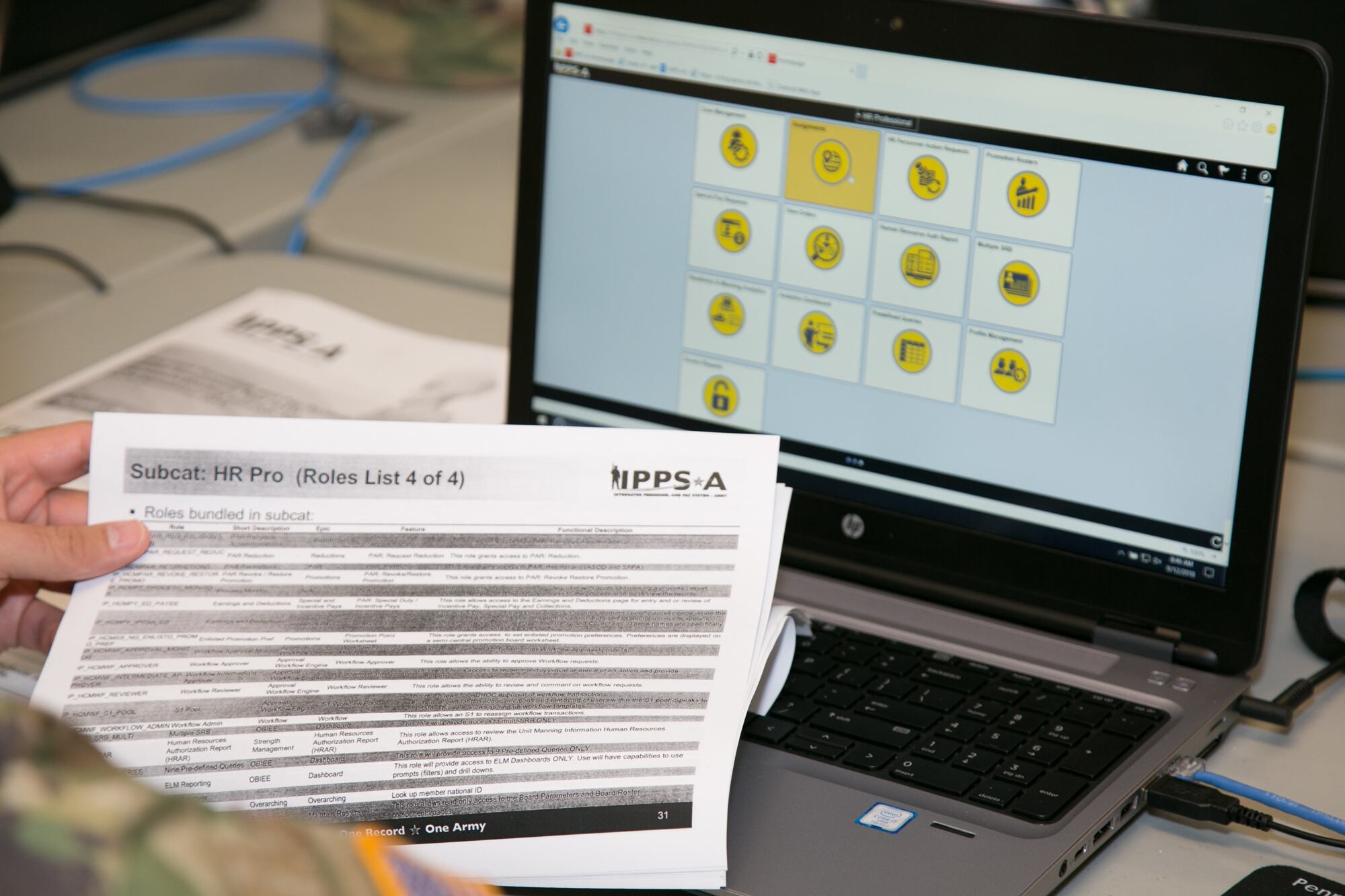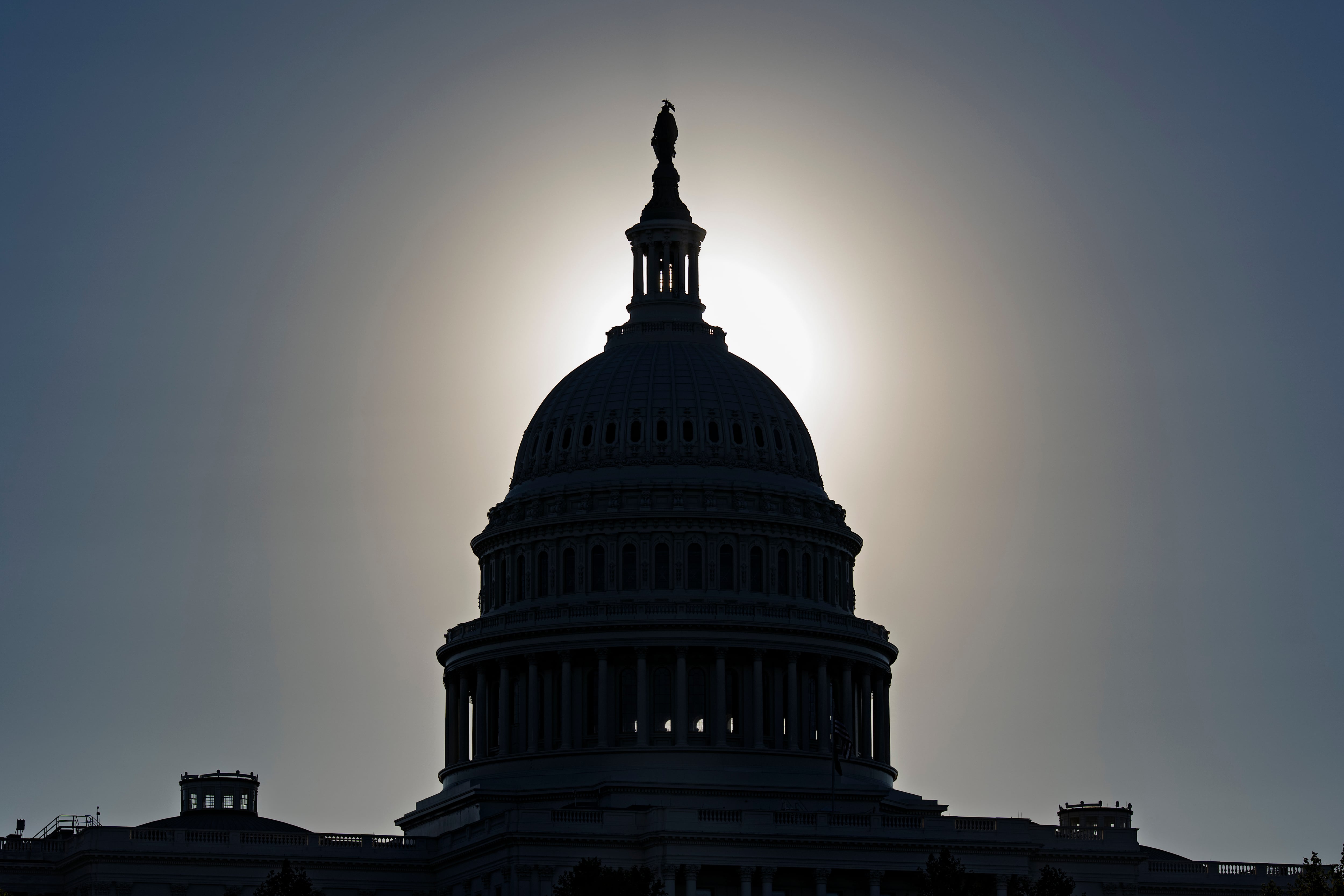Michigan State University has been graduating more low-income students since starting a program three years ago to bring advisers, tutors, health care and other services into clusters of residence halls to integrate the "living and learning" experience.
The university will be sharing that program with 10 other schools and getting ideas from them on how to improve graduation rates of low-income and first-generation college students through a new effort announced Tuesday.
The University Innovation Alliance involves 11 major public research institutions across the country and has the backing of six major fund sources, including the Ford Foundation and the Bill and Melinda Gates Foundation.
The schools in the alliance will learn from each other — with more than $5.7 million in funding helping to pay for staff and data analysis — and will develop a national "playbook" of what works.
Organizers say it's the first time a group of large public research universities have joined across state and conference lines to test and expand methods of improving graduation rates.
"It's huge," said MSU Provost June Youatt. "Rather than going once a year to a conference and hearing someone talk about something and then waiting another year or two to see if we can do it, this rapid deployment idea is key to us. ... Instead of me trying three things, I can try 10 things."
High-income students are seven times more likely to attain a college degree than are low-income students, according to the alliance.
Researchers have found that student ability is not the major cause of the graduation gap. Only one-fourth of the gap between low-income and high-income students at public flagship universities can be explained by such student characteristics as high school grades, college entrance exam scores, race, ethnicity, and gender according to the book "Crossing the Finish Line: Completing College at America's Public Universities."
Michigan State officials decided last year to make reducing the gap one of its top initiatives and was contacted a few months later by Arizona State University president Michael Crow about creating an alliance among schools.
The participating schools all serve large numbers of low-income and first-generation college students, and each had pioneered ways to help students succeed.
Michigan State, which houses more than 14,500 students, has one of the nation's most populous campuses. It launched in 2010 a "Neighborhoods Initiative" to make sure students don't get lost in the crowd and make a good transition to college. Residence halls are divided into neighborhoods of clusters of dorms with integrated academic, residential and student services.
Youatt said that since the program began three years ago, the school has graduated 10 percent more students on Pell Grants, the federal aid for low- and moderate-income students.
Georgia State University, another school in the alliance, has made extensive use of "predictive analytics" to, for example, make sure students are in the classes where they're likely to be successful and to graduate on time. Georgia State has increased its semester-to-semester retention rates by 5 percent and improved by almost half a semester the time it takes a student to graduate.
"They've done a really good job and I need to know how they've done it," Youatt said.
She likened Georgia State's use of data to Amazon being able to predict what books customers are likely to enjoy.
Such data analysis wasn't possible 10 or 15 years ago, she said. But with the help of the alliance, Michigan State can look at the last four years of freshmen to study the patterns in their backgrounds and in their experiences at the school to identify what combinations to avoid and which to replicate.





